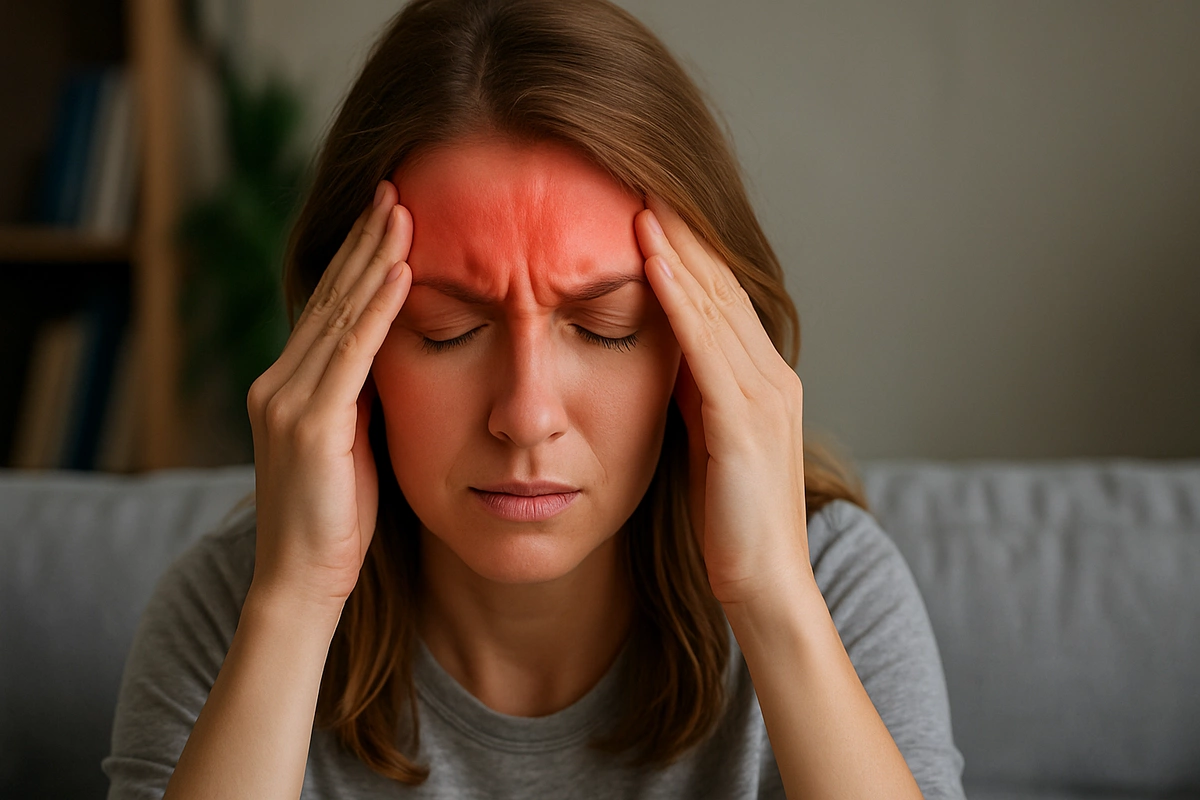Meningitis: why the disease is dangerous and who is at risk

Every year on April 24, World Meningitis Day is observed. This disease can develop rapidly and be deadly: according to WHO, about 125 thousand people die from it annually. Children under one year and elderly people are especially vulnerable - their mortality rate reaches 30%.
❗ What is meningitis
Meningitis is inflammation of the membranes surrounding the brain and spinal cord. It can be infectious (caused by viruses, bacteria, fungi) and non-infectious (for example, after injuries). Bacterial meningitis is considered the most severe, which can cause seizures, hearing loss, vision loss, and even death within a few hours.
⚠ Who is at risk
First of all:
-
children under 5 years,
-
elderly over 65,
-
patients with immunodeficiency,
-
students and military personnel (due to crowded living conditions),
-
people who have suffered head injuries or surgeries,
-
smokers and those who have had respiratory infections.
🦠 Transmission routes
Most often, meningitis is transmitted through airborne droplets in enclosed spaces - in offices, kindergartens, barracks. The incubation period is short, and symptoms develop rapidly. Sometimes only a few hours pass between the first signs and death.
🧠 Main types
-
Viral - relatively mild, similar to the flu.
-
Bacterial - the most dangerous, requires urgent hospitalization.
-
Fungal - develops slowly, more common in people with immunodeficiency.
-
Tuberculous - rare but severe, occurs in patients with active tuberculosis.
👶 Symptoms in children
-
high temperature,
-
vomiting and headache,
-
drowsiness, refusal to eat,
-
sensitivity to light,
-
skin rash,
-
neck stiffness.
👨⚕️ Symptoms in adults
-
severe headache,
-
fever, chills, sweating,
-
stiffness in neck muscles,
-
confused speech, loss of consciousness,
-
vision problems.
🩺 What to do
Meningitis requires immediate medical attention. Diagnosis is made through tests and lumbar puncture. Treatment - with antibiotics, antiviral or antifungal agents - depends on the type of disease.
Similar News
Scientists have shown a fish that uses its head as a drum
Scientists from Louisiana State University have discovered that an unusual cavity in the skull of the fish Bothragonus swanii may be used for sound communicatio...




 Azərbaycanca
Azərbaycanca  По-русски
По-русски  English
English 






